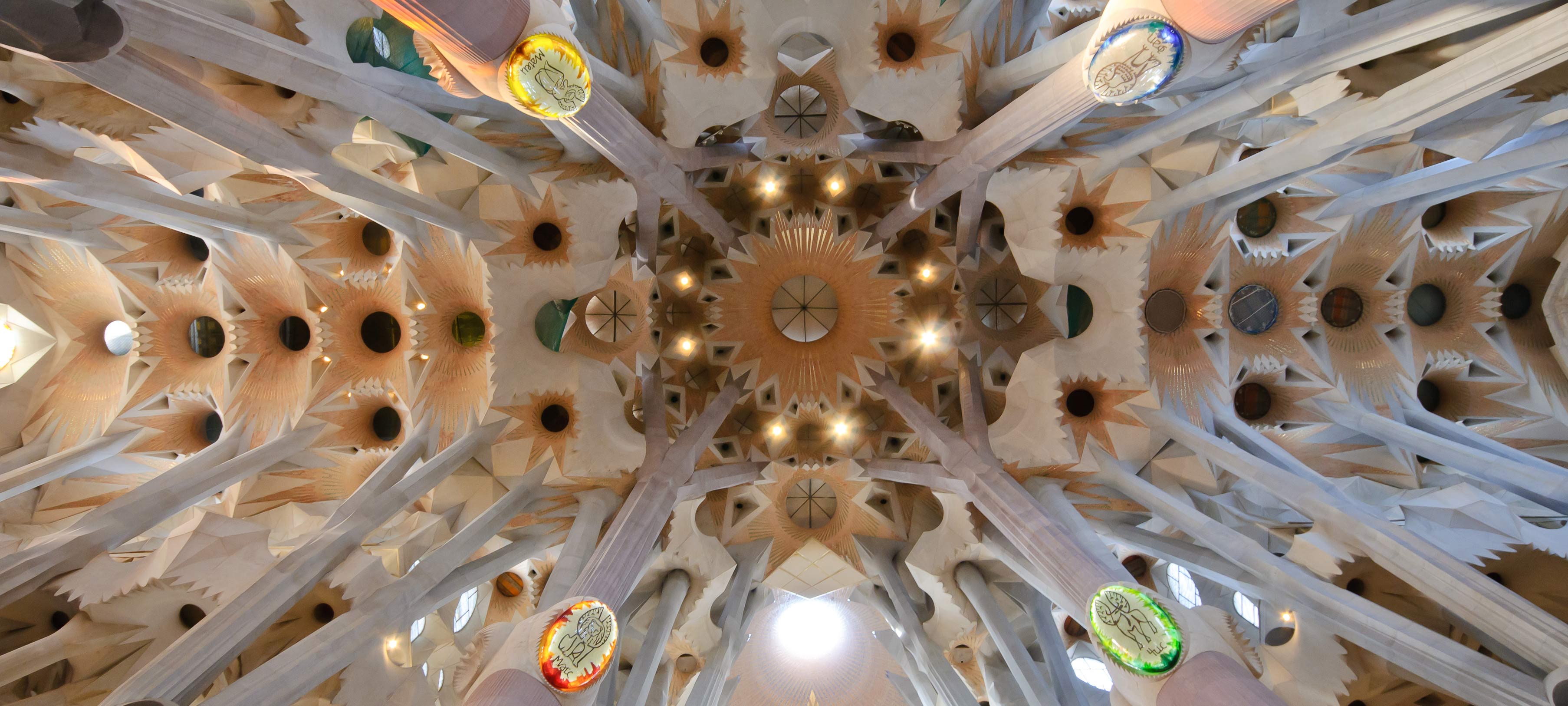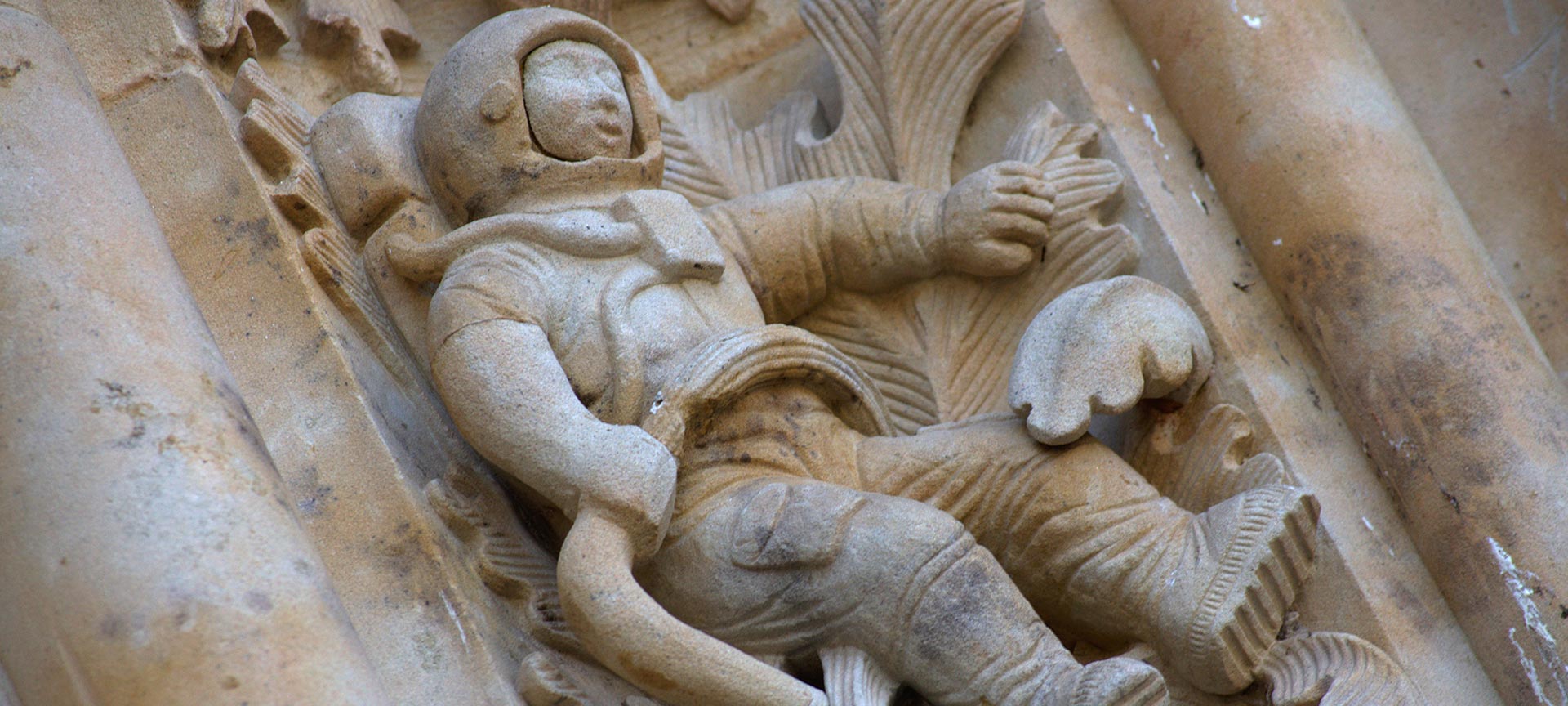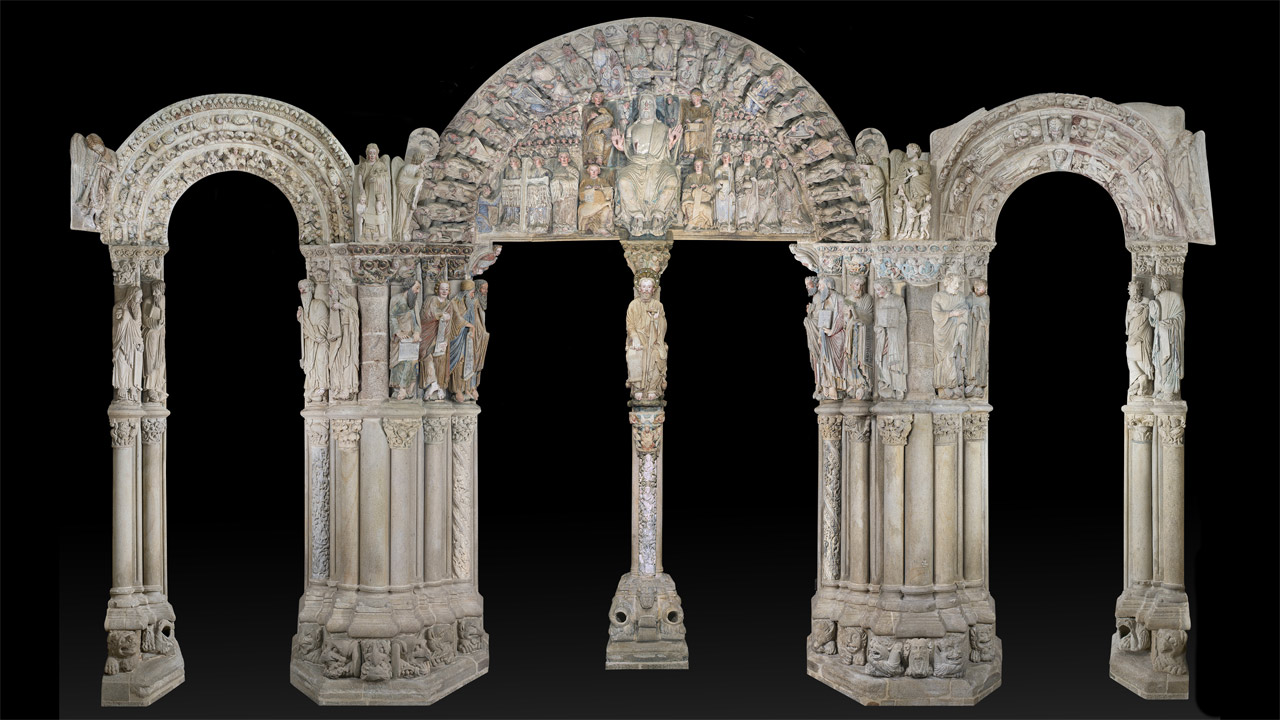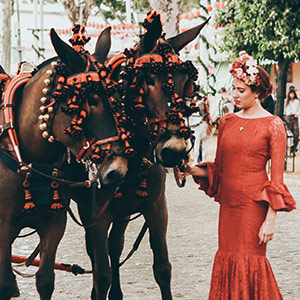
Destinations to relive the Roman Empire in Spain
Discover ancient Hispania in the Roman Empire. Relive the atmosphere in a large Roman theatre, travel its most important walkways or visit an open-pit mine from the Roman era. Below you’ll find the main marks left behind by this great empire in Spain.
-
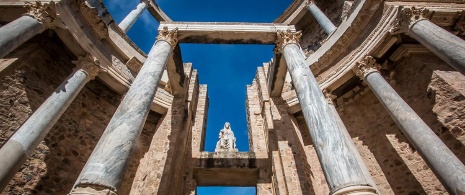
Mérida (Extremadura) – The destination for emeriti soldiers
An imposing Roman theatre that becomes the venue for the famous International Classical Theatre Festival that takes place in Mérida every summer; an amphitheatre, the Temple of Diana or the National Roman Art Museum are some of the most relevant visits in a city where you’ll discover Roman monuments almost every step you take.
-
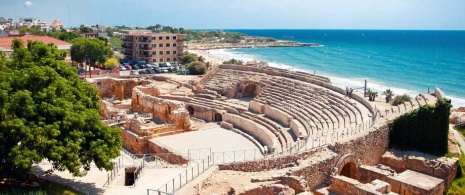
Tarragona (Catalonia) – The Roman city with views over the Mediterranean Sea
Formerly Tàrraco, this city served as an example for the construction of other localities in Hispania. Today, Tarragona has one of the world’s most important Roman archaeological sites and, every year in May, it relives the Roman Empire in its streets and monuments. The city celebrates with the Tàrraco Viva Festival and its gladiator combats, historic recreations, concerts, and more. Of course, Tarragona is also at the heart of the Costa Dorada, and an excellent base camp for visiting other places in Catalonia.
-
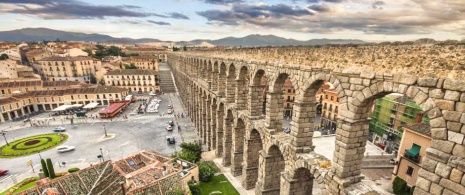
Segovia (Castile and León) – Symbol of Roman engineering
Segovia's aqueduct is an icon of the city and is one of the best examples of Roman engineering developments. It is perfectly preserved and sits over the Plaza del Azoguejo, serving as an entry point for visiting this World Heritage City. Monuments such as the Alcázar and its cathedral, its gastronomy and its good connections from Madrid (an approximately 30-minute journey by high-speed train) make Segovia into a great getaway.
-
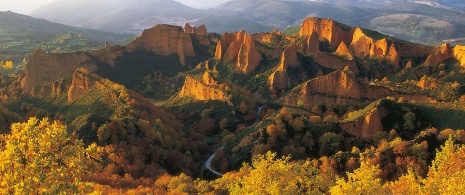
Las Médulas (Castile and León) – The amazing landscape of an open-pit Roman mine
This is one of those places that could be on another planet. Las Médulas are red-coloured mountains today home to chestnut trees. Formerly, this was a gold mine that was operated for centuries by the Romans with a clever extraction method based on hydraulic power. It is based in the province of León and has been designated a UNESCO World Heritage site.
-
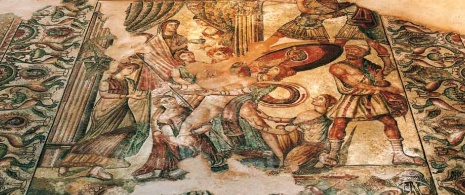
Palencia (Castile and León) – The Roman town of “La Tejada” and “La Olmeda”
Both of these agricultural settlements include mosaics in the rooms of the town. Only 30 minutes by car separate each of them. The Roman town of La Olmeda would remind you of a palace and its main hall has one of the best preserved figurative mosaics in Europe. For its part, recent excavations suggest that the Roman town of La Tejada could house thermal baths.
-
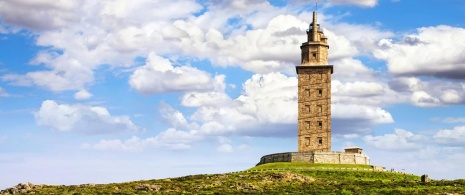
A Coruña (Galicia) – The oldest Roman lighthouse
This is the Tower of Hercules and it continues to glow 2000 years after being lit for the first time. It is a must-see in A Coruña and offers fantastic panoramic views of the bay. The monument has been declared a World Heritage Site by UNESCO.
-
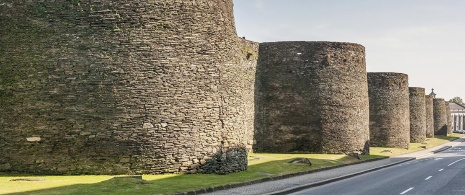
Lugo (Galicia) – The only fully-preserved Roman walls
The Roman walls of Lugo have been standing for over 17 centuries, enhancing the city’s historical centre while offering some of the best views of Lugo. The walls are also a sort of enigma. Despite research, it is not clear what they were built to defend as they leave some areas of the city unprotected. As legend goes, the walls were in fact built to protect the “Sacred Forest of Lugo” (Lucus Augusti, who would give the name Lugo to the city).
-
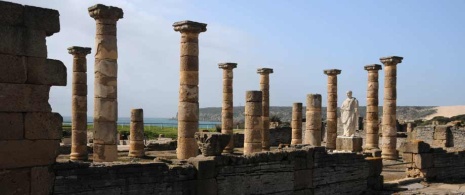
Tarifa and Santiponce (Andalusia) – Roman cities of the south
Two of the best preserved Roman archaeological sites are found in Andalusia. On the one hand, Baelo Claudia in Tarifa (Cádiz), situated on a cove that boasts spectacular views of the ocean and the Strait of Gibraltar. And on the other, the Ruins of Itálica located in Santiponce, very close to Seville. This ancient Roman city was the birth place of two Roman emperors. If you travel in summer, bear in mind that the Andalusian Roman Theatre Festival is held in Baelo Claudia, Itálica and at the Roman Theatre in Malaga.
-
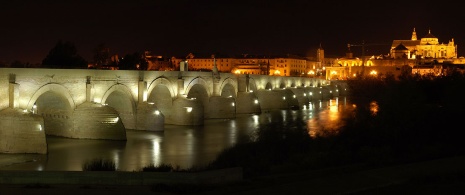
Vía Augusta and Vía de la Plata – The great roads of Hispania
Vía Augusta was the longest road in Roman Hispania and stretches from the Pyrenees to Cádiz. The road follows the Mediterranean coast and crosses Catalonia, the Community of Valencia, the Region of Murcia and Andalusia. Aside from Tarragona, other Roman monuments to visit on the route include the Sagunto theatre (Community of Valencia), Cartagena theatre (Region of Murcia) and the archaeological site of Cástulo (Linares in Jaén, Andalusia). The Vía de la Plata was the main road in Roman Hispania and travels through Asturias, Castile and León, Extremadura and Andalusia.
-
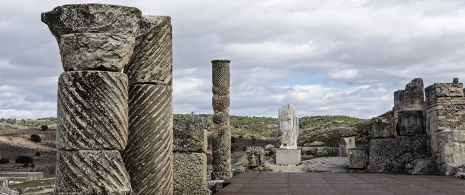
Segóbriga and Carranque (Castile-La Mancha) – Archaeological parks in Castile-La Mancha
Both archaeological parks can be reached in approximately an hour from Madrid and hold many remains of the area's magnificent Roman past. At the Archaeological Park of Segóbriga (Cuenca, Castile-La Mancha) you will recognise the theatre, wall, aqueduct, forum and baths, among other features. TheArchaeological Park of Carranque (Toledo, Castile-La Mancha) houses an important residential area that includes many mosaics, a mausoleum and the palace building.











